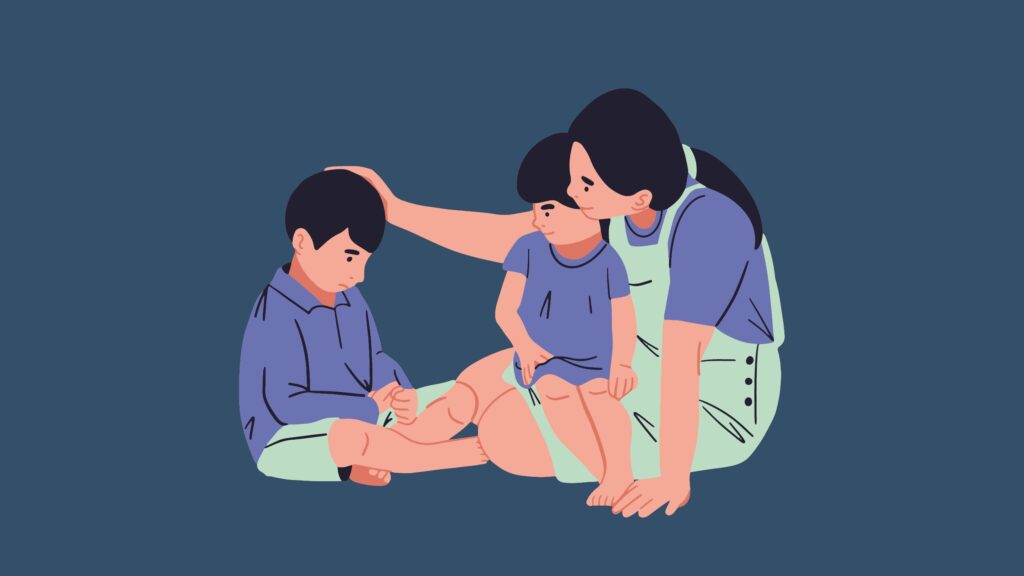An increasing trend in schools across America are overcrowded classrooms and schools. Schools are defined as overcrowded when they are operating with an enrollment rate that is above capacity. This commonly happens in schools in inner cities and urban areas. This is because they do not have space to expand.
Overcrowded classrooms have an extremely negative impact on teachers and students alike. Overcrowded classes directly affect students test scores, attendance rates, academic performance, and desire to learn. Overcrowded classes also increases a teacher’s stress levels and workload, because they worry about meeting the needs of more students. They make it harder for students and teachers to connect and lowers morale. It also strains teachers’ already limited resources.
“So if its like more than 30 [kids] it’s just like there’s too much [sic] people in it so you can get distracted a lot easier and it’s just not as easy to focus,” Jackson Mathews ‘21 said about larger classes.
The demographics most affected by this are people with low incomes and minorities. When overcrowded classrooms are no longer a problem the achievement gap between low income, minority students and high income, white students becomes significantly smaller. Alan Krueger, chairman of the Council of Economic Advisors, estimated that every dollar that is invested in reducing class size produced $2 in benefits.
Salem Keizer has not been immune to overcrowded classrooms. Salem Keizer is growing at a rate of 1000 students every 5 years. South itself is an old building with small classrooms and has not yet been updated to accommodate growing numbers. Hopefully, the school bond that was recently passed will alleviate many of these problems.
South accepts all in-district transfers for students who wish to pursue IB. Every year students on in-district transfers who don’t keep their grades up are sent a letter saying that they can no longer attend South. However, every year some of these parents persuade the district to let their child keep attending. South’s area also has more low income housing opportunities than West or Sprague. This year South has 50 more freshmen than they were expecting.
“You know as an educator we try to make connections with every student throughout the class period, and when you have 60-70 in a class trying to make connections with every one of those students, it gets to be hard. You can’t make that meaningful connection,” said Edward Rolfness.
Rolfness taught the largest class this year at South, ASL 1. One of the ASL 1 classes had about 67 students and and the other one had roughly 63. The class was recently broken up to make a more manageable sized class.
However, Rolfness said that it was not all bad, “In bigger classes, to me it is almost flattering because you have a lot of students that want to take the subject.”
Clover Stein is in charge of all the scheduling. She creates the master schedule and places students in classes. This means she has to deal with about 32,000 seats, 2,000 kids with 8 classes each semester. Currently, South is only funded for six classes per student, however they try to give freshmen and sophomores eight classes. This leads to their classes being much more crowded.
“Even though it seems illogical that there’s these huge classes and these small classes part of it is the teacher load, and when they have their preps,” said Stein.
Ideally however, more school funding would help solve this problem. Funding could allow the school to hire more teachers, expanding the number of classes offered. The school bond will open up new classrooms, making room for potential new teachers.




